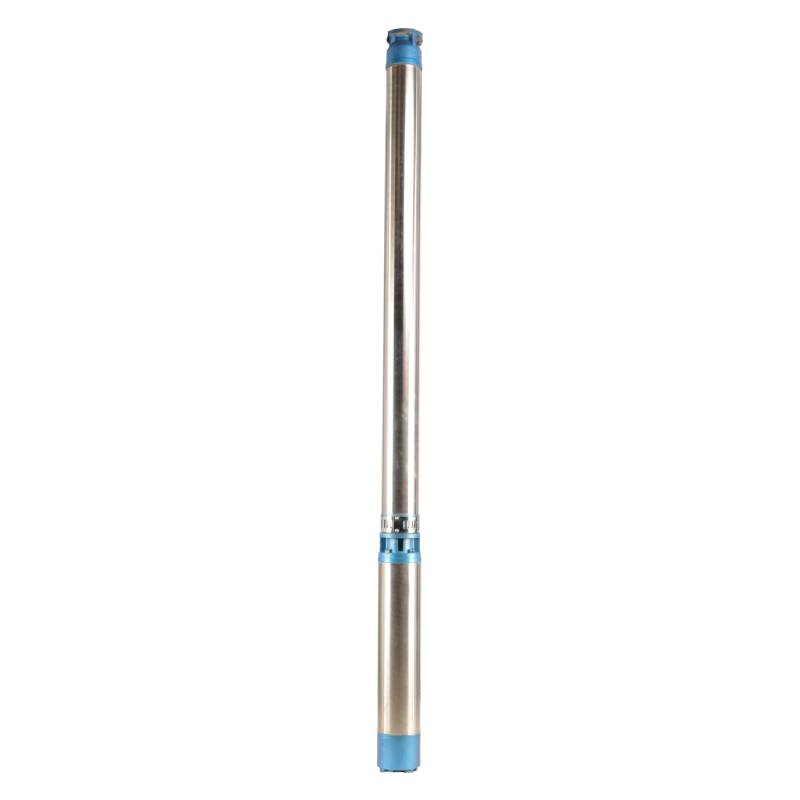Aug . 12, 2024 20:18 Back to list
Innovative Solutions for Efficient Water Management with Submersible Turbine Pump Technology
Submersible Turbine Pumps An Overview
Submersible turbine pumps (STPs) are a specialized type of pump designed for applications requiring the lifting and transferring of liquids from deep underground sources. Unlike standard pumps that are situated above the fluid source, submersible turbine pumps are submerged directly in the fluid they are pumping, making them highly efficient for various industrial, agricultural, and municipal applications.
Design and Functionality
The design of submersible turbine pumps includes several key components the motor, the pump bowl assembly, and the discharge head. The electric motor is hermetically sealed, allowing it to operate underwater without the risk of electrical failures. The pump bowl assembly consists of multiple impellers and diffusers that increase fluid pressure and allow for the efficient movement of the liquid. As water enters the pump, it passes through the impellers, which impart velocity to the fluid, moving it upwards to the surface.
One of the most significant advantages of STPs is their ability to operate in extreme conditions. They can handle various liquids, including water, oil, and sewage, making them versatile for multiple applications. Their simple installation and maintenance requirements further enhance their appeal.
Applications in Industry
Submersible turbine pumps are particularly popular in the water supply and irrigation sectors. In agriculture, they are commonly used to extract groundwater for irrigation, ensuring crops receive adequate water even in arid regions. Municipalities utilize STPs to manage water supply systems, providing communities with safe and reliable drinking water.
In industrial applications, submersible turbine pumps are essential for managing process water and wastewater. They are deployed in oil and gas extraction sites, helping to manage the fluids produced and keeping operations running smoothly. In mining, STPs are crucial for dewatering processes, ensuring that operations can proceed without delays caused by accumulating water.
submersible turbine pump

Advantages Over Conventional Pumps
One of the primary benefits of submersible turbine pumps is their energy efficiency. Since the motor is submerged in the liquid, STPs can operate more efficiently compared to vertical pumps, significantly reducing energy consumption. Moreover, the design minimizes the risk of cavitation, a phenomenon that occurs when pressure drops and vapor bubbles form in the liquid, which can lead to damage and wear in pumps.
Additionally, STPs require less space, as they eliminate the need for large surface pump facilities. This compactness allows for easier installation in challenging environments, such as deep wells or underground chambers.
Environmental Considerations
As industries face increasing pressure to adopt sustainable practices, submersible turbine pumps are emerging as an environmentally friendly solution. Their efficiency reduces energy consumption, which in turn lowers greenhouse gas emissions. Many manufacturers are now designing pumps with improved materials and coatings that enhance longevity and reduce the need for frequent replacements, further minimizing environmental impact.
Conclusion
In summary, submersible turbine pumps serve as a critical technology for water transportation in various industries. Their unique design, efficiency, and adaptability make them indispensable in today’s world, where resource management and sustainability are paramount. As technology advances, we can expect further innovations in STP design and functionality, enhancing their role in our global water management strategy. Whether for agricultural irrigation, municipal water supply, or industrial processes, the significance of submersible turbine pumps in modern applications cannot be overstated.
-
Submersible Water Pump: The Efficient 'Power Pioneer' of the Underwater World
NewsJul.01,2025
-
Submersible Pond Pump: The Hidden Guardian of Water Landscape Ecology
NewsJul.01,2025
-
Stainless Well Pump: A Reliable and Durable Pumping Main Force
NewsJul.01,2025
-
Stainless Steel Submersible Pump: An Efficient and Versatile Tool for Underwater Operations
NewsJul.01,2025
-
Deep Well Submersible Pump: An Efficient 'Sucker' of Groundwater Sources
NewsJul.01,2025
-
Deep Water Well Pump: An Efficient 'Sucker' of Groundwater Sources
NewsJul.01,2025
-
 Submersible Water Pump: The Efficient 'Power Pioneer' of the Underwater WorldIn the field of hydraulic equipment, the Submersible Water Pump has become the core equipment for underwater operations and water resource transportation due to its unique design and excellent performance.Detail
Submersible Water Pump: The Efficient 'Power Pioneer' of the Underwater WorldIn the field of hydraulic equipment, the Submersible Water Pump has become the core equipment for underwater operations and water resource transportation due to its unique design and excellent performance.Detail -
 Submersible Pond Pump: The Hidden Guardian of Water Landscape EcologyIn courtyard landscapes, ecological ponds, and even small-scale water conservancy projects, there is a silent yet indispensable equipment - the Submersible Pond Pump.Detail
Submersible Pond Pump: The Hidden Guardian of Water Landscape EcologyIn courtyard landscapes, ecological ponds, and even small-scale water conservancy projects, there is a silent yet indispensable equipment - the Submersible Pond Pump.Detail -
 Stainless Well Pump: A Reliable and Durable Pumping Main ForceIn the field of water resource transportation, Stainless Well Pump has become the core equipment for various pumping scenarios with its excellent performance and reliable quality.Detail
Stainless Well Pump: A Reliable and Durable Pumping Main ForceIn the field of water resource transportation, Stainless Well Pump has become the core equipment for various pumping scenarios with its excellent performance and reliable quality.Detail
